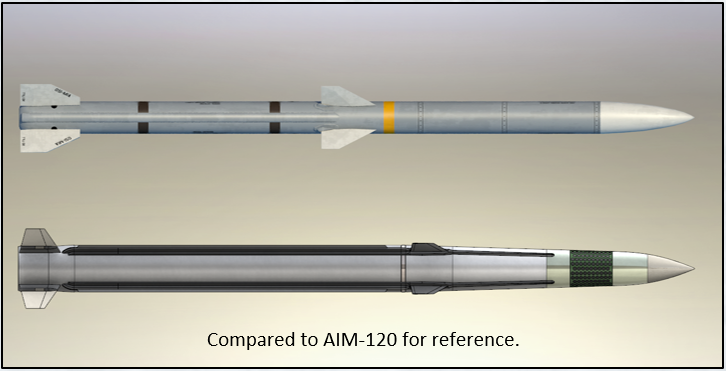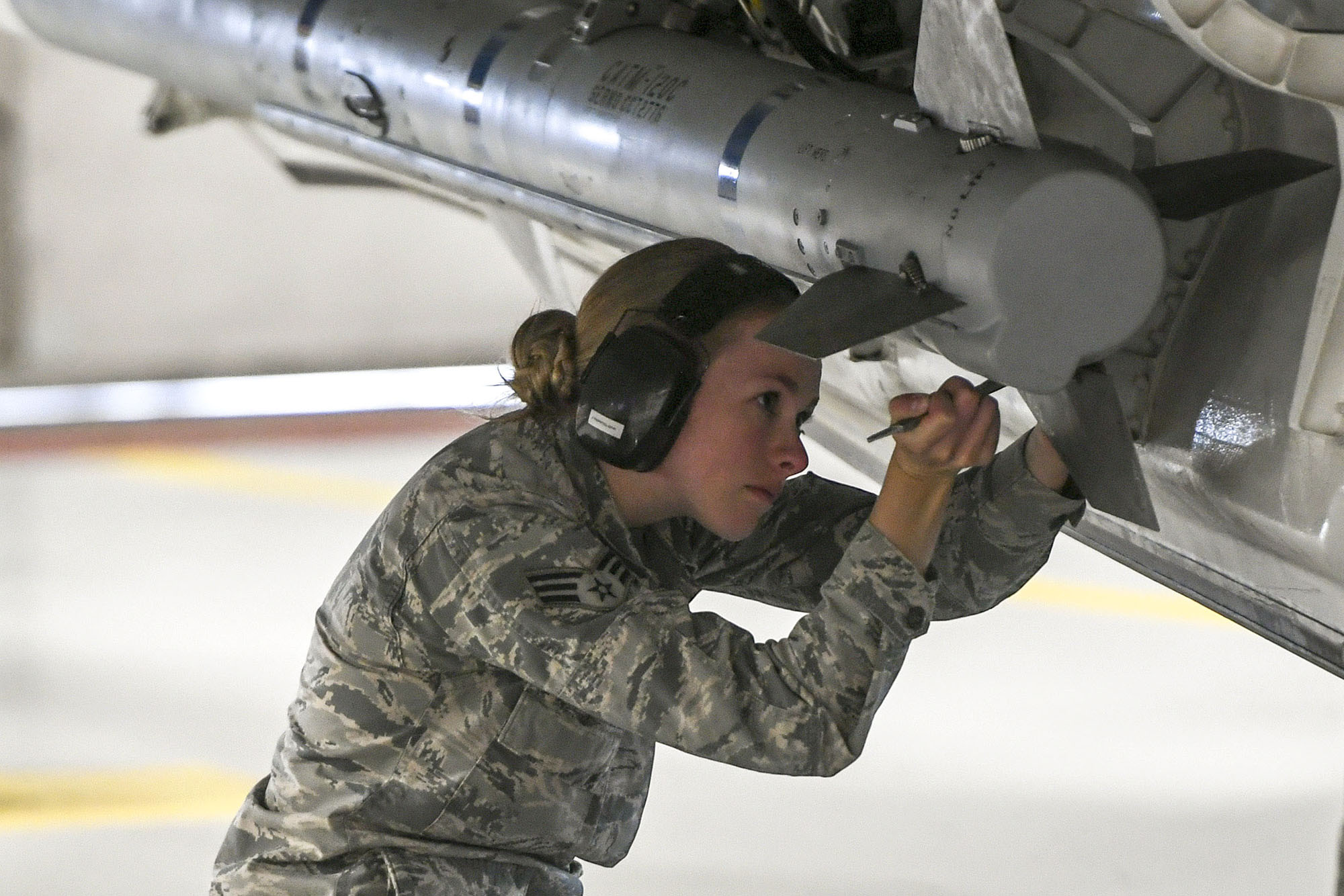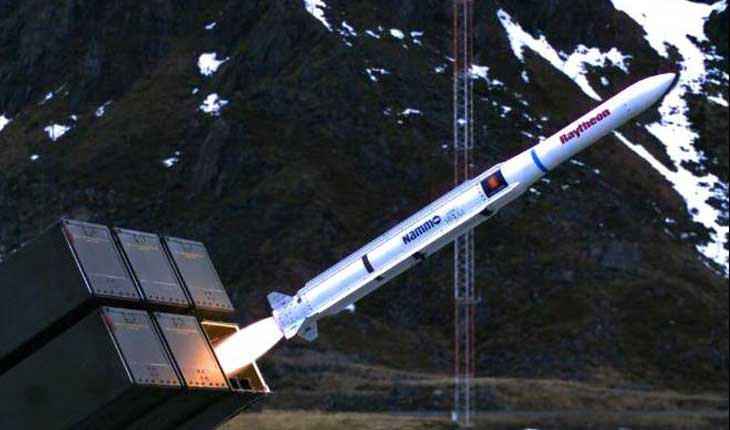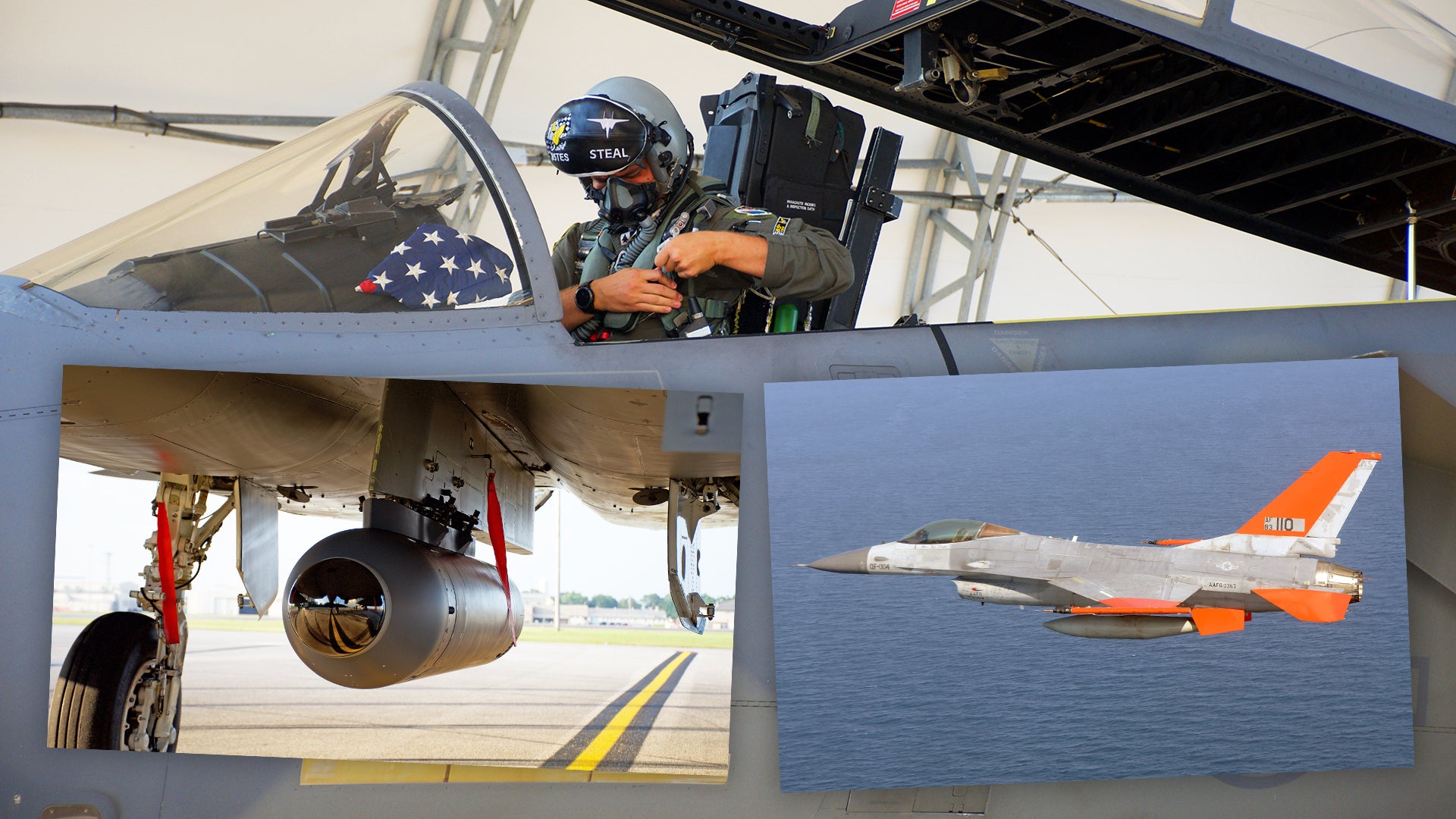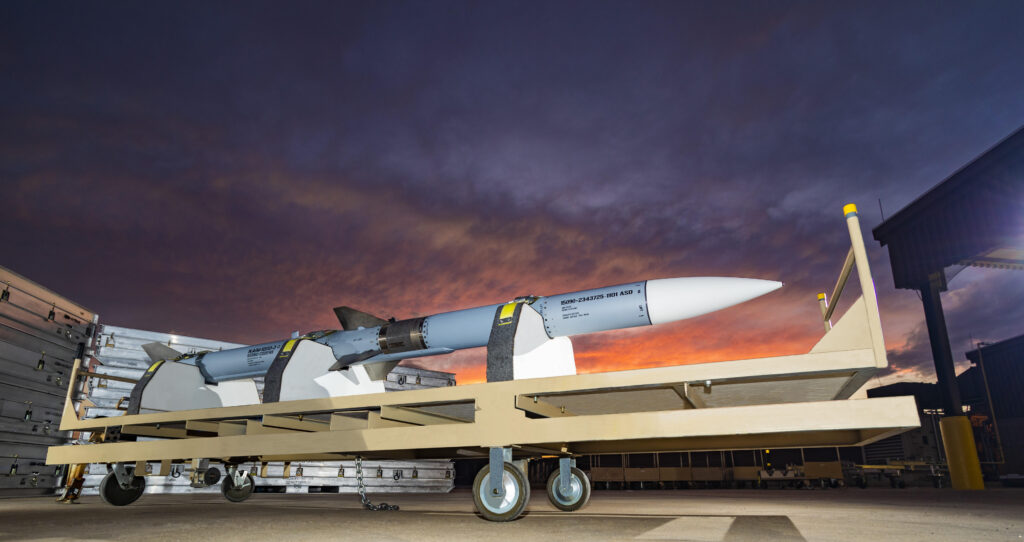I'm honestly a bit lost with the various US long-range radar-seeking missiles in development (or rumored to be) over the past couple of years. Based on the speculated capabilities of the latest Russian and Chinese missiles, particularly the PL-21, combined with the apparent shortcomings of US 5th generation designs when it comes to weapons bays being too small to fit larger missiles (or to carry a large quantity of long-range missiles), can someone with more knowledge on this topic give me a blunt answer on the most likely outcome?
1. Is the US likely to catch up on missile range soon, and if so, how much longer before these capabilities are operational to the point of at least meeting near-peer capabilities?
2. Do you believe there are programs in progress to not only match, but also overtake other world powers in missile range and effectiveness?
3. Is there any air-to-air missile design in the future US portfolio specifically tasked for AWACS and large bomber sniping? For example, is it realistic to assume the US will use one of the new hypersonic missiles which make it to operational status, attach it to a fourth generation fighter (or bomber) and then potentially make some minor adjustments (like a radar seeker head and some missile software updates) in order to enable a very long range launch at hypersonic speeds to hit an enemy AWACS or large bomber (due to their low stealth, slow speeds, and low maneuverability)?
Thank you to anyone who can help me out.
A lot of these are really hard to answer because a lot of US AAM development is happening in the dark grey or black world. We see some tidbits of performance info (JATM/AIM-260 in particular), the occasional program solicitation (LREW), and very rare sightings (SM-6 airframe on a Super Hornet). But the era of open information on the capability of US AAMs has largely ended, at least for the moment.
What we "know" about U.S. long-range AAMs:
- AIM-260 -- Lockheed Martin, in limited production, will displace AIM-120 production by 2026, outranges AIM-120, fits in the same envelope, and requires classified storage spaces. That's about it. Otherwise it's all buzzwords and speculation.
- Long-Range Engagement Weapon -- Raytheon, maybe a two-stage weapon, maybe it fits internally in the F-22, (or maybe it's too big for F-22 bays), maybe all of that is wrong.
- Air-launched SM-6 -- we have precisely one picture of a Super Hornet carrying an SM-6 upper stage, could well be an interim high-speed strike missile rather than AAM.
Thanks for the reply, and it appears the situation is as bad as I suspected unfortunately. I was hoping I was just way out of the loop and I'd get a reply to tell me it's all going to be okay hah.
Long bitching-mode enabled, you've been warned.
I personally find the whole scenario stupidly frustrating. The USAF and USN are supposed to maintain absolute air superiority based on overall US military doctrine. They have the largest budgets, they have the most intangible resources available to them in order to identify and study the development cycle and capabilities of potential adversaries (human/signal intelligence). The US has access to a huge number of highly-capable defense contractors, R&D companies, academic/scientific communities, and even allied international defense contractors who work with the US on various needs. Then there are multiple branches of our own military capable of sharing technology and developed systems as needed.
The USN has a whole host of SM-series missiles (such as the SM-6 you mentioned, and before that, literally dozens of USN SAMs or older SM-series variants), the radar-homing Harpoon, and the Aegis fire-control system using highly capable sensors and advanced radar systems, and have led in the technology needed to launch missiles from ships and submarines for many decades.
NASA and now the US Space Force have been leaders in rocket programs and satellite sensors since the 1960's. The USAF used to lead the way in both infrared and radar-seeking missiles back when the AIM-120 and AIM-9 series were considered top-of-the-line (back to the AIM-154 too). The AGM-88 HARM is highly successful for its mission.
The US Army has decades of ICBM development, Patriot missiles in multiple varieties including more relevant (anti-cruise missile) models like the PAC-2 GEM and (smaller) PAC-3 MSE, THAAD missiles designed to literally hit-to-kill hypersonic projectiles, the GMD Ground-Based-Interceptors, infantry-deployed missile models (Stinger, Javelin, wireless version of TOW), a whole series of badass precision-guided rocket artillery missiles, active radar-homing Hellfires, etc. (I only mention all of the US Army tech to support the fact there has been research in all sorts of different types of seekers, guidance systems, integrated sensor integration, programming for integration purposes, and a huge range of different propulsion tech in order to assist in finding the limits of overall missile capabilities in varying environments and desired goals).
Then to add even more ridiculousness, we have access to many allied missiles which, in my opinion, are absolutely worth a request to purchase for our own study and reverse-engineering purposes. I find it hard to believe it wouldn't be worth a small batch order (at worse) for MBDA Meteors, while many other countries may sell us one/a few of their missiles just at a chance of getting some future benefit in an arms deal. There's the MICA/Python/Derby/IRIS-T/Astra Mk2/Barak-8/AAM-4B/Sky Sword II. Even old cancelled US programs like the ramjet-powered FMRAAM and the AIM-152 had a claimed range approaching 200km in the early 1990s, so why exactly is that propulsion design/packaging apparently lost to time? Then there's tons of joint-funding and R&D work put into multiple highly-successful Israel-based missile programs such as the Arrow-series, Iron Dome, and David's Sling.
Given all of that and even more I'm not thinking of at the moment, I find it absolutely ridiculous that the US has developed top-tier fourth generation fighter platforms, the two most stealthy 5th-generation jets which are generally considered the most advanced in the world, and at this point, the limitation in our capabilities are due to use of old missiles in the AIM-120 and AIM-9 series of missiles (granted there are new variants, but if they aren't the best, who cares).
How the hell does all of this result in allowing Russia and China to very likely gain a significant air-to-air missile advantage with much less funding and R&D? It's almost as if the US has made an effort to ignore the issue on purpose. The lack of leadership and results in this specific capability is astounding. Even if, for some reason, they just haven't managed to create a bespoke series of modern A-to-A missiles, you'd certainly expect them to at least jerry-rig an existing missile design with adequate propulsion and seeker/guidance/sensor combination to (at the absolute least) allow a limited number of oversized missiles be strapped on (use my belt) to a fourth-gen fighter not concerned with RCS. I don't care if it can only carry one of these unoptimized oversized heavy-ass missiles. If it gives us the capability to hit air targets at-range until we get out collective shit together, it's worth the relatively small investment in the grand scheme of the annual defense budget to put a bandaid on this shit situation.
There's basically one glaring vulnerability which could result in potentially losing out on the US's trademark capability of gaining and maintaining air superiority, they knew what that specific vulnerability was, and they just let it happen anyway. I just don't get it.
Okay, sorry for the rant dudes, I got it out of the system. : )

